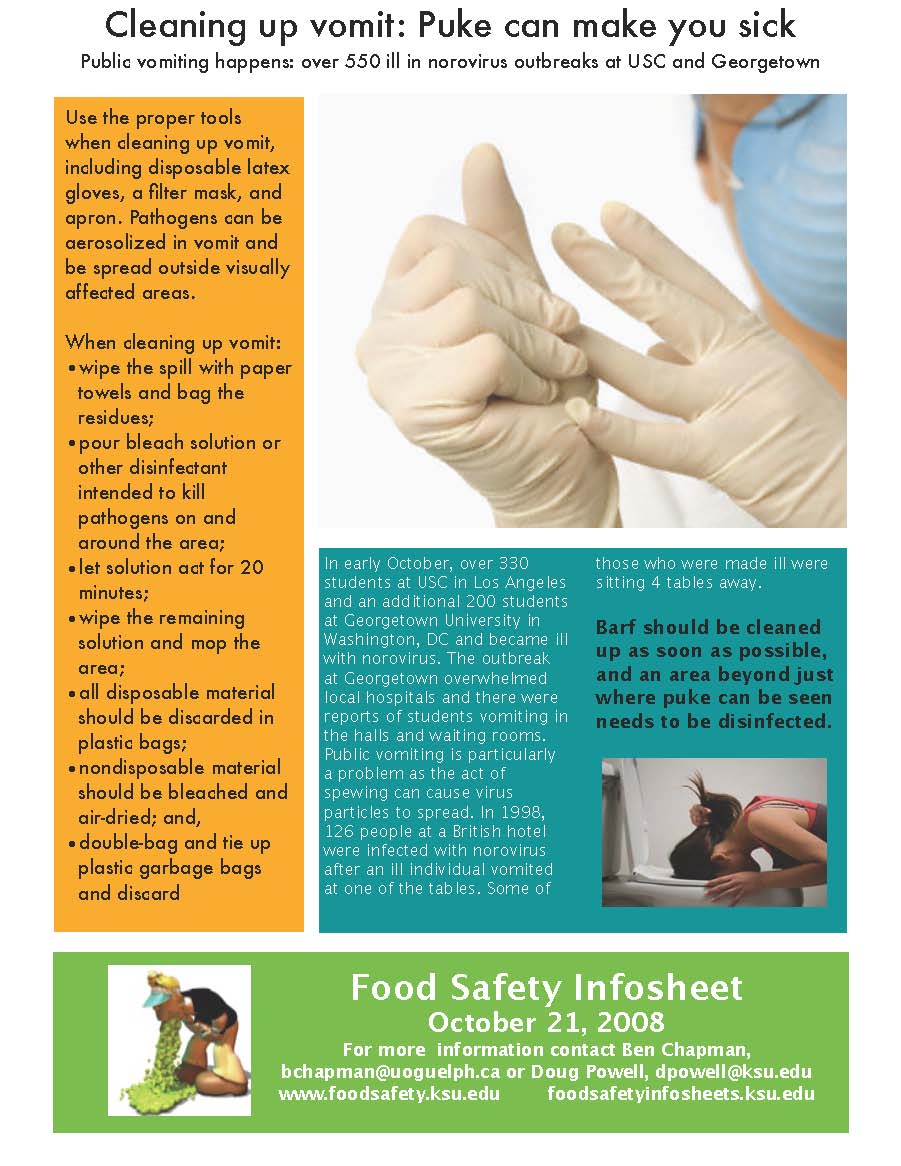Basketball would be more interesting with full body contact; although full vomiting counts.
The U.S. Centers for Disease Control reports that on February 6, 2012, the Kentucky Department for Public Health was notified by a local health department of multiple cases of vomiting and diarrhea  among participants in a statewide, 7th grade boys’ basketball tournament that was held February 3–5.
among participants in a statewide, 7th grade boys’ basketball tournament that was held February 3–5.
Among 52 participating teams, 49 (94%) teams (comprising 573 players) were contacted. Thirty-six teams (73%) reported at least one ill player. Sixty-two employees were identified who had worked at the tournament, and 46 (74%) were interviewed. A total of 242 persons with acute gastroenteritis were identified and interviewed, including 154 (27%) of the 573 players, 12 (26%) of the 46 employees, 11 coaches, and 65 spectators (the total numbers of coaches and spectators attending could not be determined). Nineteen (8%) persons with AGE had sought medical care, including two children who were hospitalized. Three persons from three separate teams had experienced illness onset before the tournament, and one had vomited courtside in a crowded gymnasium on the first night of the tournament. The vomitus was cleaned up by tournament attendees, and janitorial staff members were notified 3 days later. Symptom onset occurred among 196 (81%) ill persons on days 2 and 3 after the vomiting episode. No common food or water sources were identified as potential vehicles for transmission.
Six stool specimens were collected from five players and one spectator; all tested positive for norovirus. Five were sent to CDC for sequencing, and results yielded the identical genogroup II type 7 (GII.7) strain, a relatively rare norovirus strain. These confirmed cases represented players or spectators from four different teams. The three persons who had arrived at the tournament with gastrointestinal symptoms were unable to provide stool specimens for norovirus testing. However, three of the six confirmed stool specimens came from participants who had played on the court where the vomiting episode occurred.


 and immediately it smelt like bleach.
and immediately it smelt like bleach. “I know that some people in the waiting room had been there for three hours. There was a boy yelling ‘help me, help me!’ but there were no doctors,” said Kathrin Verestoun, who went with her roommate to the hospital. “They ran out of rooms and set up stretchers in the hall. Some people were so dehydrated that they couldn’t find their veins for IVs. They were just bleeding. [My roommate] bled all over her stretcher.”
“I know that some people in the waiting room had been there for three hours. There was a boy yelling ‘help me, help me!’ but there were no doctors,” said Kathrin Verestoun, who went with her roommate to the hospital. “They ran out of rooms and set up stretchers in the hall. Some people were so dehydrated that they couldn’t find their veins for IVs. They were just bleeding. [My roommate] bled all over her stretcher.”.jpg) In establishments where a large number of people are in close contact, like cruises, nursing homes and universities, infectious diseases are common.
In establishments where a large number of people are in close contact, like cruises, nursing homes and universities, infectious diseases are common.  About 15 years ago, around 80 students were sick after attending a potluck sponsored by a student organization, Bridges recalled. “If the student organization had wanted to hold the event on campus, the food would’ve had to be regulated,” he said. For this reason, K-State does not approve of any organizations serving food on campus.
About 15 years ago, around 80 students were sick after attending a potluck sponsored by a student organization, Bridges recalled. “If the student organization had wanted to hold the event on campus, the food would’ve had to be regulated,” he said. For this reason, K-State does not approve of any organizations serving food on campus.
